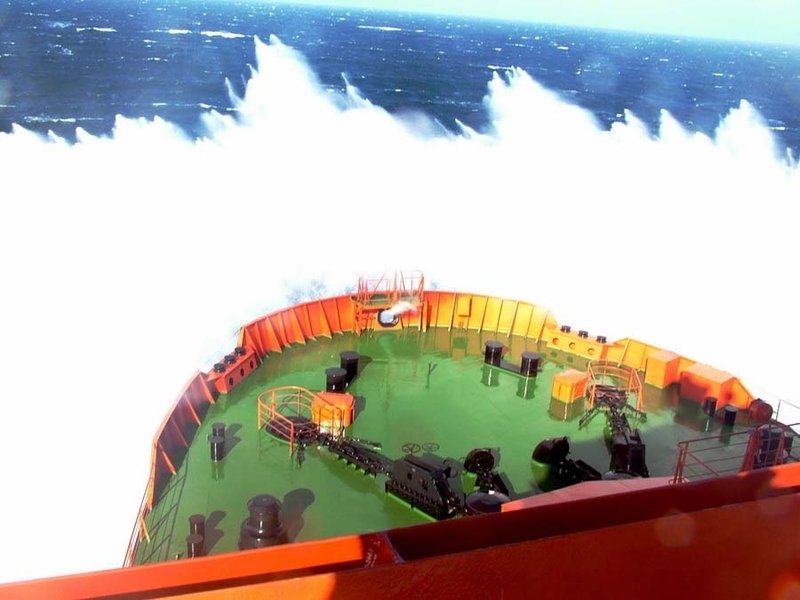|
|
Arctic Vessels
|
The Arctic region is a unique area among Earth's ecosystems. The cultures in the region and the Arctic indigenous peoples have adapted to its cold and extreme conditions.
Due to the poleward migration of the planet's isotherms (about 35 miles per decade during the past 30 years as a consequence of global warming), the Arctic region (as defined by tree line and temperature) is currently shrinking. Perhaps the most spectacular result of Arctic shrinkage is sea ice loss. There is a large variance in predictions of Arctic sea ice loss, with models showing near-complete to complete loss in September from 2040 to some time well beyond 2100. About half of the analyzed models show near-complete to complete sea ice loss in September by the year 2100.
The Arctic's climate is characterized by cold winters and cool summers. Precipitation mostly comes in the form of snow. The Arctic's annual precipitation is low, with most of the area receiving less than 50 centimetres (20 in). High winds often stir up snow, creating the illusion of continuous snowfall. Average winter temperatures can be as low as −40 °C (−40 °F), and the coldest recorded temperature is approximately −68 °C (−90 °F). Coastal Arctic climates are moderated by oceanic influences, having generally warmer temperatures and heavier snowfalls than the colder and drier interior areas. The Arctic is affected by current global warming, leading to Arctic shrinkage and Arctic methane release.
|
|









